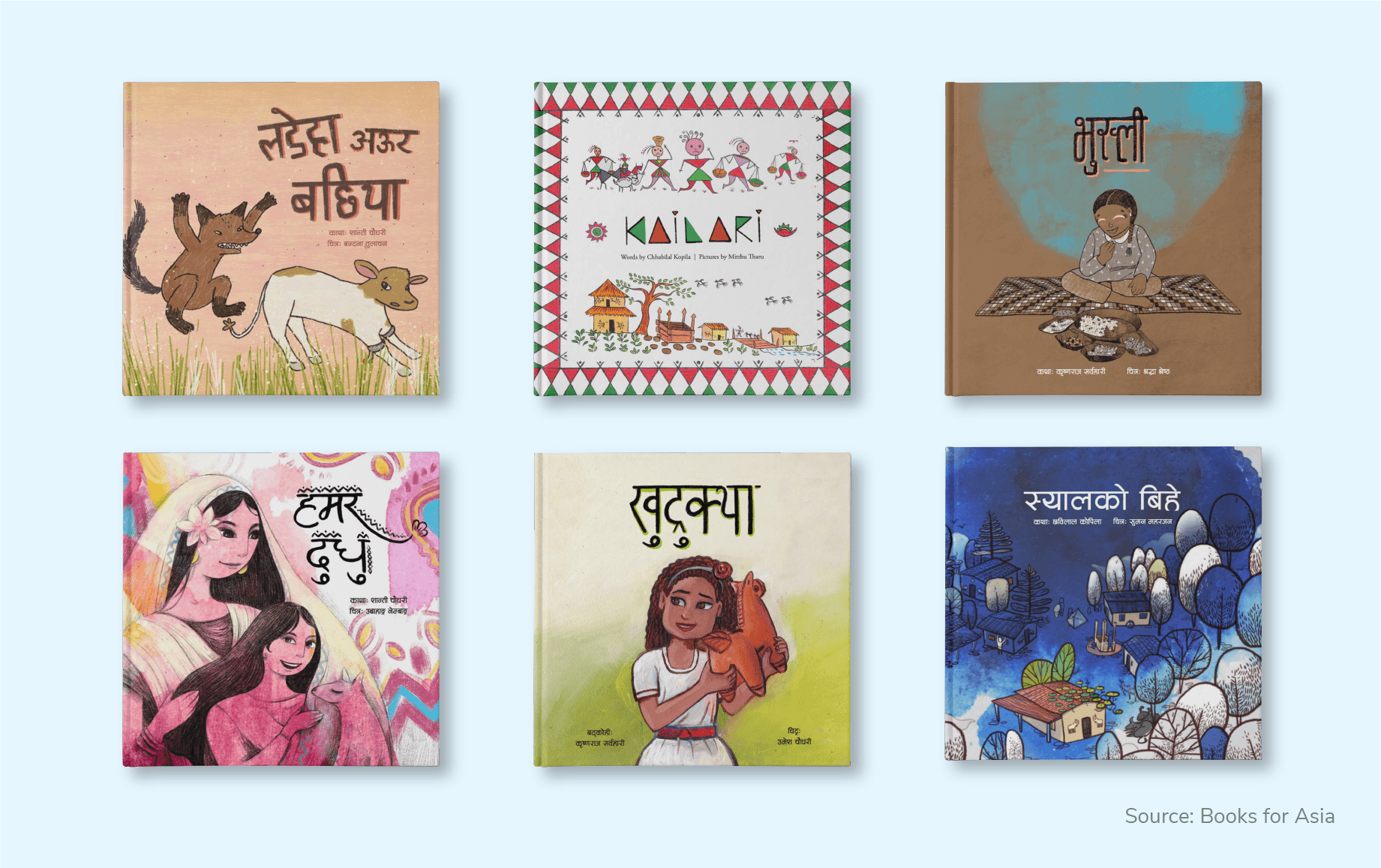Make Social Media Work For You
Strategic tips to help you achieve the best results on social media.

Civil society organizations (CSOs) like yours need to go where the conversations are happening to empower the people you are trying to help. Go social! Billions of people around the world are using social media to connect, to share and trade ideas, opinions, information, and goods. It’s also a highly effective way to connect with the right people and to build and support both online and offline communities.
It has never been easier to be a publisher. Anyone with an internet connection today can get online and quickly share their ideas, photographs, and general thoughts electronically. You don’t need a team of people to help you or lengthy articles to post. Mobile phones are powerful recording devices and publishing tools.
Social media, like traditional media, offers opportunities to collect and share news, communicate with audiences, and advocate for change. Unlike traditional media, however, social media is fast! It operates in real time through highly interactive global or regional social networks with enormous reach. The interfaces are easy to use with little training, and they are free or relatively inexpensive.
The key to using social media tools effectively is to be strategic. Here are some tips to guide your strategy and help you achieve the best results.
Don’t be afraid to get started
Don’t be intimidated by any “new technology.” It’s designed to be easy to use, and once you start you’ll learn quickly. Remember, it’s social media, not professional media!
If you don’t have a social media account, familiarize yourself by opening one of your own on a platform that you’ll be working with. Being on social media will help you understand how people behave and communicate online.
Be curious. Explore the benefits and limitations of a variety of platforms. Being aware of the social media landscape will help you make informed decisions about how you use social media.
Have a plan
Even though it’s “social” media, it’s about more than just being social. You need a clear and consistent strategy to effectively communicate your message to the right people.
- What do you want to achieve online?
- Who do you want to talk to, and how can you best reach them?
- What do you want to say to them?
The best way to develop your strategy is to work through each question methodically. “How to Develop Your Social Media Strategy” includes a handy worksheet to help you do exactly that.
Identify your target audience
A common mistake is to have no clear idea of your audience. Another is to think your audience is “everyone.” This is too broad and general.
It is important to clearly identify your target audience so you can find out which platforms they use, what type of content they will take notice of, and how best to connect with them.
Ask yourself who you want to share your message with. Who are those people? Which hearts and minds do you want to connect with? Whose opinions or behavior do you want to influence?
Social media is all about sharing thoughts, ideas, and information in virtual communities. These communities don’t develop by chance, though. You need to build and maintain them. That’s why it’s important to talk to the right people in the first place to start and grow your community.
Read more about this in “How to Develop your Social Media Strategy”.
Be choosy
There are many social media platforms to choose from. Don’t worry, you don’t have to be on all of them. It’s actually better to use one or two platforms well than to spread your time and effort too thin.
You need to figure out which platform is most popular with the people you are trying to reach. What social media are they using? Once you know that, you can focus on crafting the right messages to connect with those people.
It’s best to start with one platform and concentrate your efforts there first.
Read more in “Top Tips for Choosing the Right Social Media Platform.”
Using offline and online communication together
You can use traditional and social media together. Online campaigns can complement your existing approaches. The key is to pick and choose what works best for your communication objectives. Sometimes a car with a loudspeaker driving through the streets may be more effective than an online newsletter campaign. Why? You may spend a lot of time and effort creating your newsletter only to discover that very few of the people you send it to actually open and read it. Every situation is different, and you need to choose the most effective type of communication for each. It could be online, offline, or both.
Here’s an example of how both online and offline communication were combined for a literacy project in Nepal. Children’s books in select minority languages were created and uploaded to the Let’s Read platform, and certain copies of the storybooks were printed and distributed in various regions of Nepal. The e-books can also be downloaded and printed.
In linguistically diverse Nepal, it is very difficult for children of indigenous and minority ethnicities to find reading opportunities in their native languages. Let’s Read Nepal published six illustrated books for children in the minority Tharu language. Stories have also been released in Nepali and English, and with the built-in Let’s Read translation tool the books can be translated into many other languages as well.
This is a case of traditional and online media successfully working together. Read more about the project here and explore the Let’s Read platform.




 Back
Back